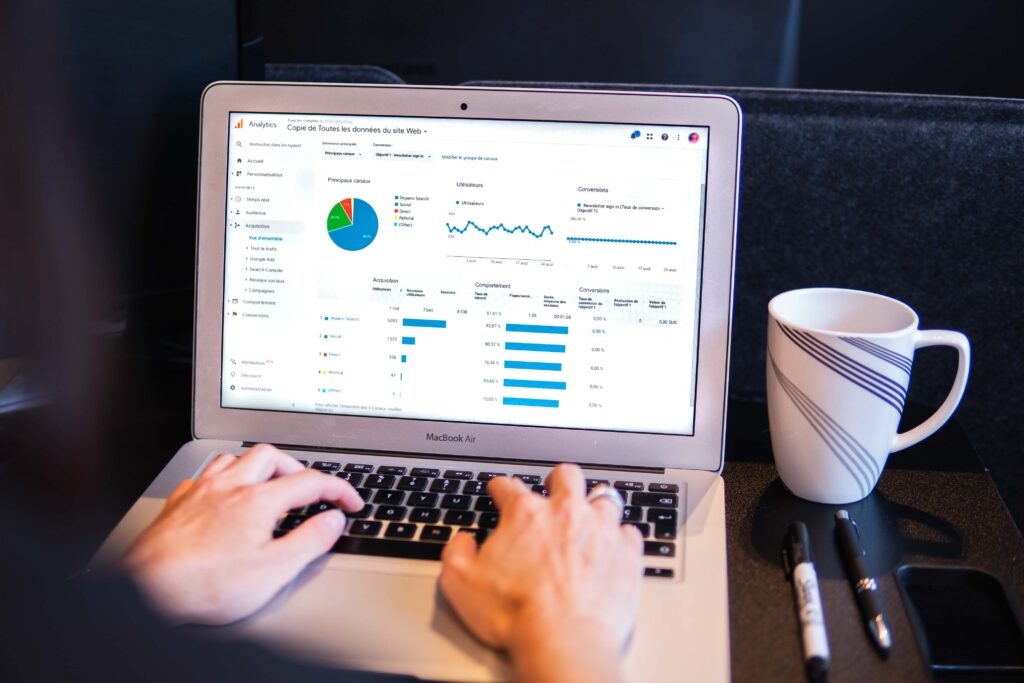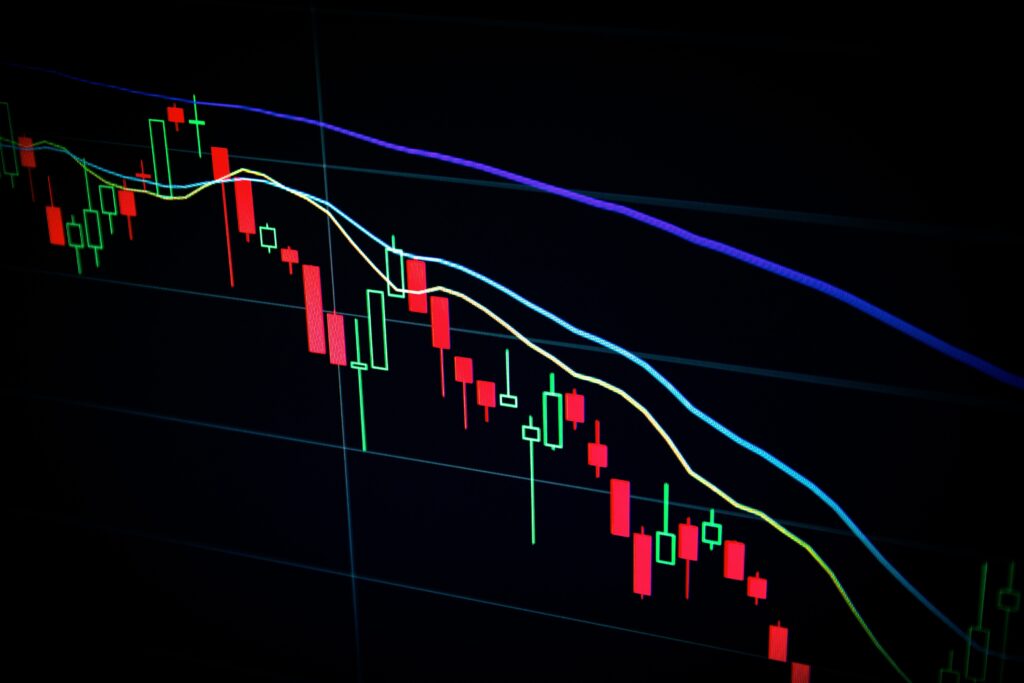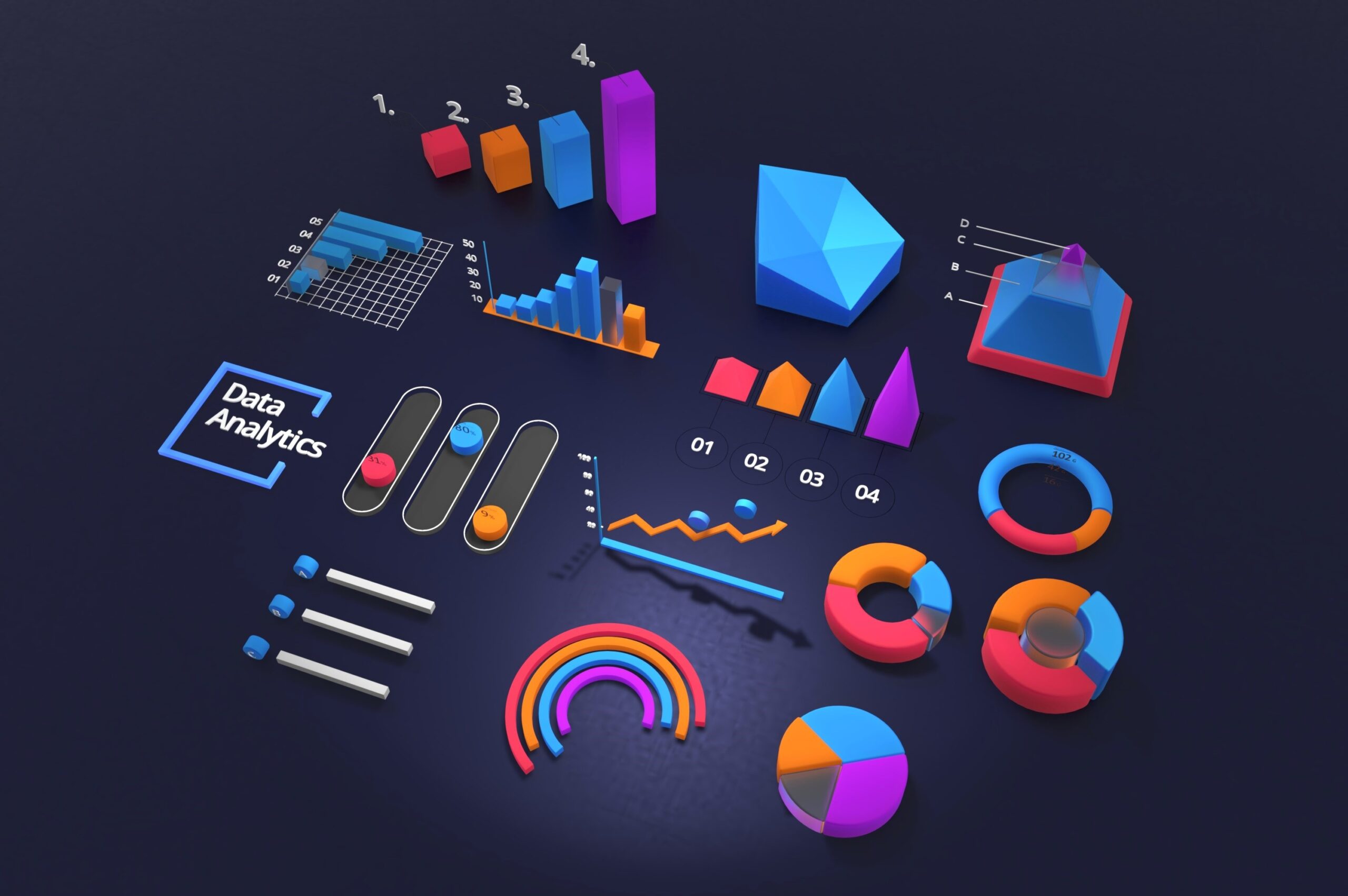Introduction
What is marketing analytics?
Marketing analytics is the practice of measuring and analyzing marketing performance to improve its effectiveness and ROI. It involves collecting and examining data from various channels, both online and offline, to track performance indicators, understand customer behavior, and predict future trends. This data is used to refine marketing strategies, allocate budgets, and tailor messages to different audience segments. The process often utilizes tools like Google Analytics and Tableau for data collection and visualization, aiming to make informed decisions that boost marketing efficiency and overall success.

In today’s digital age, where data is the new currency, marketing analytics has become an indispensable tool in deciphering consumer behavior and sculpting effective marketing strategies. This article embarks on an exploration of marketing analytics, delving into its essence, significance, and diverse methodologies. We will unravel how it shapes tools of the trade and casts a light on its prospective future, demonstrating how marketing analytics is not just a component of strategy but the heartbeat of data-driven decision-making in the ever-evolving world of marketing.
Understanding Marketing Analytics
Marketing analytics is a multifaceted discipline that sits at the intersection of data analysis and marketing strategy. It involves a comprehensive approach to managing and interpreting data to enhance marketing effectiveness. Understanding its components is key to leveraging its full potential.

-
Data Collection
- Diverse Sources: Gathering data from various channels like social media, website traffic, email campaigns, and customer surveys.
- Integration: Combining data from different sources for a holistic view of marketing efforts.
- Quality Assurance: Ensuring the accuracy and reliability of the data collected.
-
Data Measurement
- Key Performance Indicators (KPIs): Identifying and tracking KPIs relevant to marketing objectives.
- Quantitative and Qualitative Metrics: Measuring both quantitative data (like click-through rates) and qualitative insights (like customer satisfaction).
- Benchmarking: Comparing current performance against industry standards or past performance.
-
Data Analysis
- Descriptive Analysis: Understanding what has happened in past campaigns through basic metrics and data summarization.
- Diagnostic Analysis: Investigating why certain outcomes occurred, looking for causes and patterns.
- Trend Analysis: Spotting trends over time to predict future marketing needs and opportunities.
-
Data Interpretation
- Insight Generation: Translating raw data into actionable insights.
- Contextual Understanding: Considering external factors like market trends and competitor strategies in the analysis.
- Decision Support: Providing data-backed recommendations to support marketing decisions.
-
Optimizing ROI
- Cost-Benefit Analysis: Assessing the return on investment for different marketing activities.
- Campaign Adjustment: Using insights to refine and optimize ongoing campaigns.
- Strategic Planning: Informing future marketing strategies based on analytical findings.
The Importance of Marketing Analytics
In the digital era, where every interaction can be tracked and analyzed, the role of marketing analytics becomes increasingly critical. It’s not just about gathering data; it’s about extracting meaningful insights to drive strategic decisions. Here’s why marketing analytics is indispensable in the current business environment:

-
Understanding Customer Preferences and Behavior
- Identifying Trends: Analytics helps in recognizing emerging patterns in customer preferences and market shifts.
- Segmentation: It allows businesses to segment their audience for targeted marketing, improving engagement and conversion rates.
- Personalization: Analytics enables personalized marketing, tailoring messages and offers to individual customer needs and preferences.
-
Measuring and Improving Campaign Effectiveness
- ROI Analysis: It provides insights into the return on investment of different marketing channels and campaigns, helping to allocate budgets effectively.
- Performance Tracking: Analytics tools track the performance of marketing campaigns in real time, allowing for quick adjustments and optimization.
- A/B Testing: It facilitates A/B testing to compare different strategies and determine the most effective approach.
-
Efficient Resource Allocation
- Budget Optimization: Analytics guides in optimizing marketing budgets by highlighting the most effective channels and tactics.
- Resource Utilization: It helps in identifying areas where resources can be better utilized for maximum impact.
- Cost Reduction: By understanding what works and what doesn’t, marketing analytics can lead to significant cost savings.
-
Predicting Future Trends and Consumer Responses
- Forecasting: Leveraging historical data, analytics can predict future market trends and consumer behaviors.
- Adaptability: It enables businesses to stay ahead of the curve by adapting strategies based on predictive insights.
- Risk Mitigation: Predictive analytics helps in identifying potential risks and taking proactive measures to mitigate them.
Methodologies in Marketing Analytics
Marketing analytics encompasses a range of methodologies, each offering unique insights into various aspects of marketing performance and strategy. These methodologies are critical for transforming raw data into actionable intelligence.

-
Descriptive Analytics
- Historical Data Analysis: Examining past marketing campaigns and customer interactions to understand past behaviors and outcomes.
- Data Summarization: Presenting data in an understandable format, like reports and dashboards, to highlight key marketing metrics.
- Trend Identification: Spotting historical trends that can inform future marketing strategies.
-
Predictive Analytics
- Statistical Modeling: Using statistical techniques to forecast future market trends, customer behaviors, and campaign outcomes.
- Customer Segmentation: Predicting customer groups and their future behaviors based on historical data.
- Demand Forecasting: Estimating future customer demand for products or services based on past data trends.
-
Prescriptive Analytics
- Recommendation Engines: Develop algorithms that suggest actions to take for improving marketing outcomes.
- Scenario Analysis: Exploring various ‘what-if’ scenarios to understand the potential impacts of different marketing strategies.
- Optimization Models: Utilizing advanced analytics to find the best course of action among various alternatives.
-
Diagnostic Analytics
- Root Cause Analysis: Delving into the reasons behind past successes or failures in marketing campaigns.
- Performance Drivers: Identifying key factors that drive marketing performance.
- Anomaly Detection: Spotting and investigating irregularities in data that may indicate important trends or issues.
-
Real-time Analytics
- Live Data Monitoring: Tracking and analyzing data in real-time to make immediate decisions.
- Sentiment Analysis: Evaluating customer opinions and feedback as they happen, is particularly useful in social media monitoring.
- Dynamic Decision Making: Adjusting marketing strategies on the fly based on current data and trends.
Tools of the Trade
In marketing analytics, tools and technologies play a critical role in facilitating the collection, analysis, and interpretation of data. These tools vary in functionality, catering to different aspects of marketing analytics. Understanding and utilizing the right tools is essential for effective data-driven marketing strategies.
-
Web Analytics Tools
- Google Analytics: Offers comprehensive insights into website traffic, user behavior, and conversion tracking.
- Adobe Analytics: Provides advanced web analytics capabilities for more in-depth analysis of web traffic and user interactions.
- Heatmap Tools: Such as Hotjar or Crazy Egg, for visualizing where users click, move, and scroll on your website.
-
Customer Relationship Management (CRM) Systems
- Salesforce: A widely used CRM tool for managing customer information, sales pipelines, and marketing campaigns.
- HubSpot: Integrates CRM with inbound marketing, sales, and service software.
- Microsoft Dynamics 365: Combines CRM and ERP capabilities for comprehensive business management.
-
Social Media Analytics Tools
- Hootsuite: Enables tracking and managing social media campaigns across multiple platforms.
- Sprout Social: Provides deep social media analytics and management features.
- BuzzSumo: Useful for content marketing and social media analytics, particularly for analyzing what content performs best.
-
Data Visualization Tools
- Tableau: Known for its powerful data visualization capabilities, helping to make sense of complex data sets.
- Power BI by Microsoft: Offers data visualization combined with business intelligence capabilities.
- Google Data Studio: Integrates with other Google tools for creating customizable reports and dashboards.
-
Email Marketing Tools
- Mailchimp: Popular for email campaign management and analytics.
- Constant Contact: Provides tools for email marketing campaigns, with detailed analytics and reporting.
- Campaign Monitor: Offers design and analytics features specifically for email marketing campaigns.
-
SEO and Content Marketing Tools
- SEMrush: Provides insights for SEO, PPC, content, social media, and competitive research.
- Ahrefs: Helps with SEO analysis, including backlink checking, content research, and competitive analysis.
- Moz: Offers tools for SEO, including keyword research, link building, and site audits.
The Future of Marketing Analytics
The future of marketing analytics is shaping up to be an exciting fusion of advanced technologies and evolving methodologies. As businesses continue to navigate an increasingly data-driven world, staying abreast of future trends in marketing analytics is essential for maintaining a competitive edge.

-
Artificial Intelligence and Machine Learning
- Enhanced Data Analysis: AI and ML algorithms can analyze vast datasets more efficiently and accurately, uncovering insights beyond human capabilities.
- Predictive Modeling: These technologies will play a crucial role in predicting consumer behavior and market trends.
- Personalization at Scale: AI enables hyper-personalized marketing strategies by understanding individual customer preferences and behaviors.
-
Real-time Analytics
- Instant Decision Making: The ability to analyze and act on data in real-time will become increasingly crucial for dynamic market responsiveness.
- Live Data Monitoring: Technologies that offer live monitoring of marketing campaigns and consumer interactions.
- Adaptive Marketing Strategies: Quick adjustments and optimizations of marketing strategies based on real-time data.
-
Increased Focus on Customer Privacy
- Data Privacy Regulations: Stricter data privacy laws and regulations will shape how marketers collect and use data.
- Consent-based Marketing: A shift towards more consent-based, transparent data practices.
- Privacy-centric Analytics Tools: Development of tools that balance effective analytics with consumer privacy concerns.
-
Integration of Offline and Online Data
- Omnichannel Analytics: More sophisticated analysis of both online and offline customer interactions for a unified view of the customer journey.
- Cross-Channel Marketing Strategies: Strategies that seamlessly integrate various channels for a cohesive marketing approach.
- Data Unification Technologies: Tools that can integrate and analyze data from disparate sources, including IoT devices and traditional retail.
-
Advanced Visualization Tools
- Interactive Dashboards: Development of more interactive and intuitive data visualization tools for easier interpretation of complex data sets.
- Storytelling with Data: Tools that help in narrating a story through data, making insights more accessible to all stakeholders.
- Augmented Reality and VR in Analytics: Use of AR and VR for an immersive data analysis experience.
-
Voice and Conversational Analytics
- Voice Search Optimization: Analyzing voice search data for insights into customer intent and behavior.
- Chatbot Analytics: Insights from conversational interfaces, including chatbots and virtual assistants.
- Natural Language Processing: Advanced NLP to understand and analyze customer sentiments and feedback more effectively.
Conclusion
In the vast and dynamic terrain of digital marketing, the role of marketing analytics emerges as a pivotal force. It’s not merely a tool but a strategic guide, steering businesses through data-rich landscapes with insights that illuminate customer behavior, optimize campaigns, and foresee market trends. As we look toward a future where analytics blends with advanced technologies like AI and real-time data processing, its importance magnifies. Marketing analytics stands as a cornerstone in the architecture of modern marketing, empowering organizations to navigate with confidence and precision toward sustained success and innovation.
Discover the latest in digital marketing and analytics at QuickAttain



